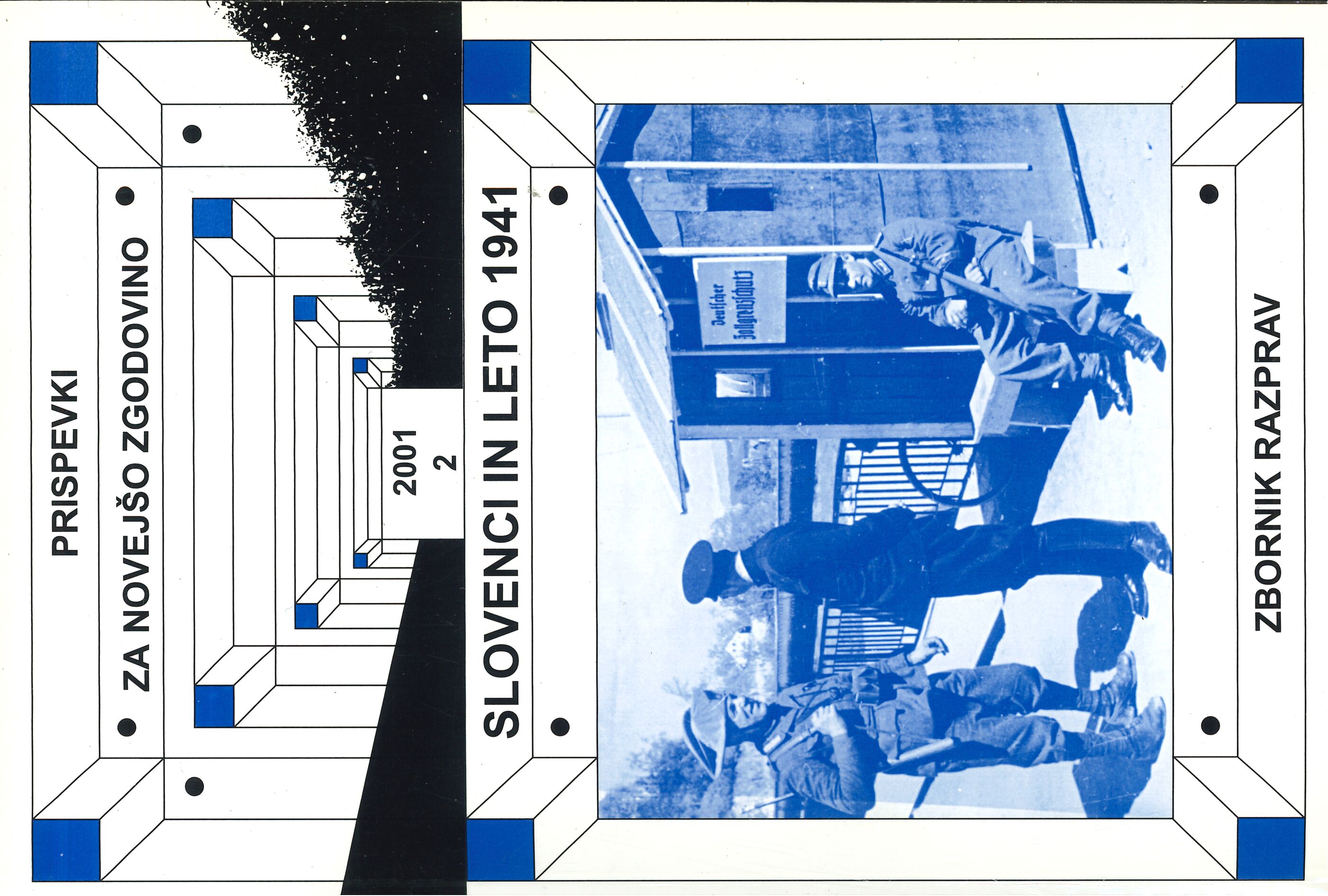The Situation of the Slovenes in the Neighbouring Countries at the Beginning of the Second World War
Keywords:
Slovenen minorities, ethnic minority, Italy, Hungary, AustriaAbstract
After the end of the First World War, Slovenes lived also on the other side of the boundaries of the Kingdom of SCS (later Yugoslavia). According to rough estimates, some 400,000 of them were distributed between the Republic of Austria (which became part of Germany in 1938) and the Kingdoms of Italy and Hungary. The political regimes of these countries differed as did their attitudes towards the ethnic minorities who lived within their boundaries. The situation changed most for the Slovenes in Primorska (the Littoral) who, after 1918 and 1920, found themselves in a foreign country which equated citizenship with nationality. The Slovenes in Carinthia, Styria and along the Raba river remained within the boundaries of Austria and Hungary which, juridically, became new states but were, unlike the former empire, conceived as ethnically homogeneous (national states). In view of such concept of the State, ethnic minorities were perceived as disturbing elements by the above three countries, which hence endeavoured to assimilate them as soon as possible. The uneven status of individual parts of the Slovene population influenced also the way they responded to the events of the Second World War, both locally and nationally.
Downloads
Published
Issue
Section
License
Authors who publish with this journal agree to the following terms:
- Authors retain copyright and grant the journal right of first publication with the work simultaneously licensed under a Creative Commons Attribution License that allows others to share the work with an acknowledgement of the work's authorship and initial publication in this journal.
- Authors are able to enter into separate, additional contractual arrangements for the non-exclusive distribution of the journal's published version of the work (e.g., post it to an institutional repository or publish it in a book), with an acknowledgement of its initial publication in this journal.
- Authors are permitted and encouraged to post their work online (e.g., in institutional repositories or on their website) prior to and during the submission process, as it can lead to productive exchanges, as well as earlier and greater citation of published work (See The Effect of Open Access).


